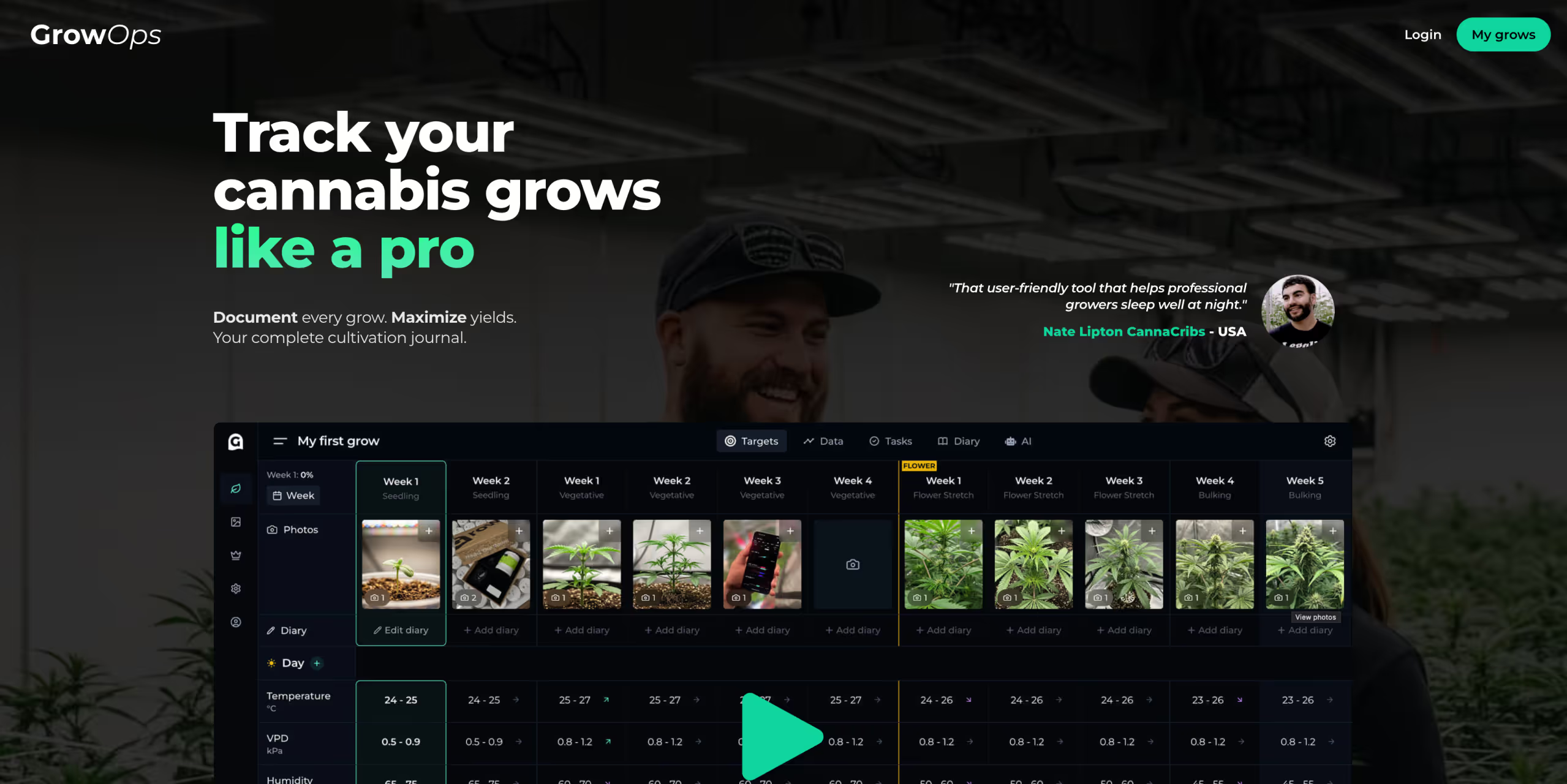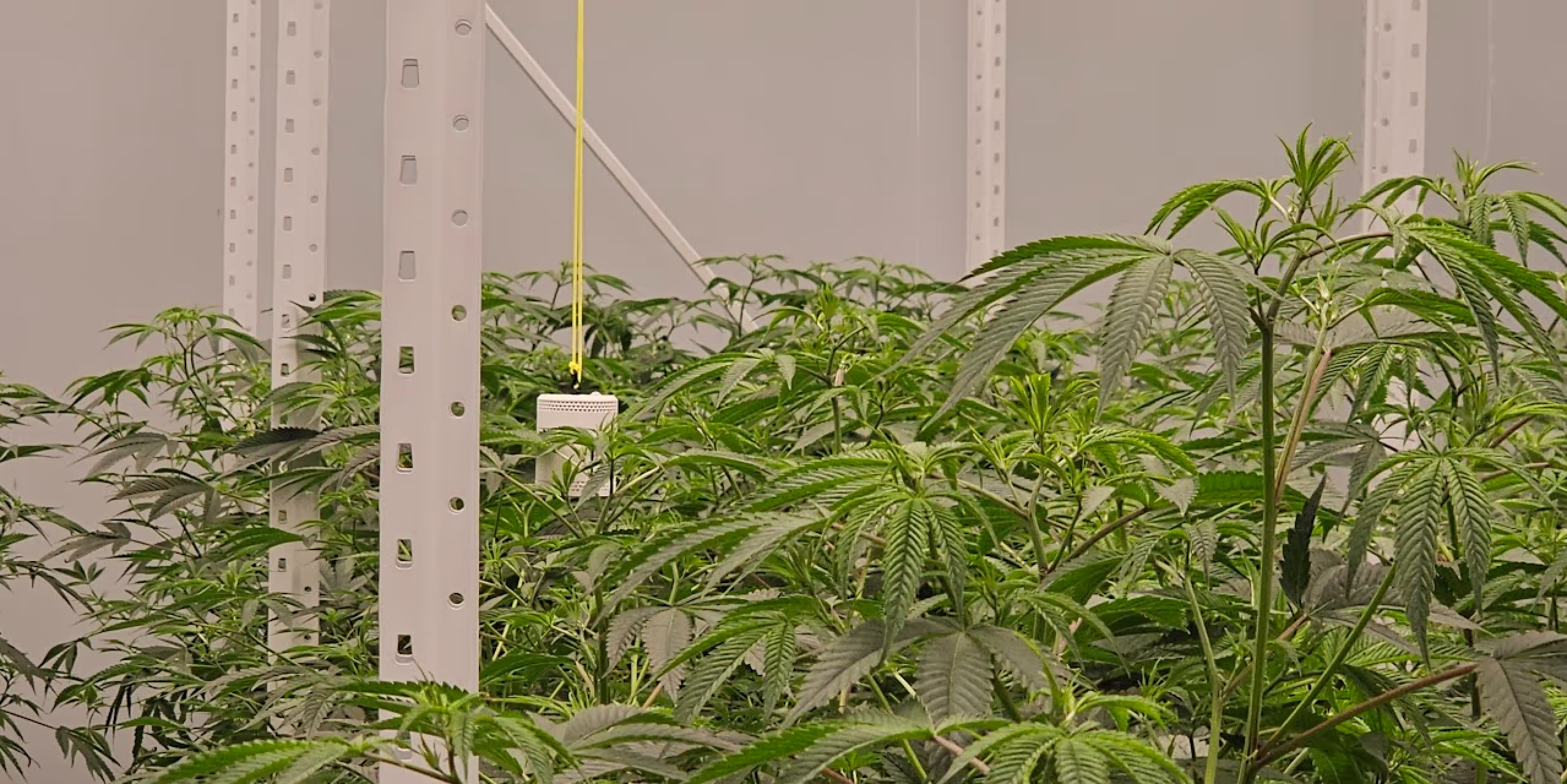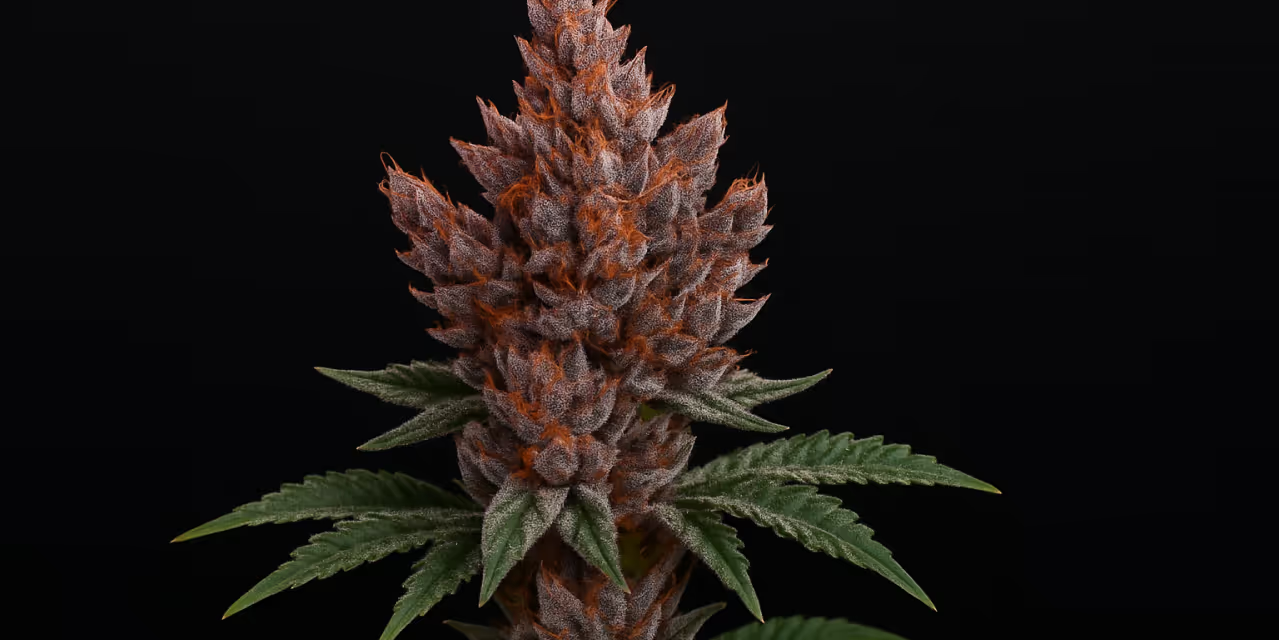Why is daily light integral important?


Daily Light Integral (DLI) is important because it defines the amount of beneficial light plants get in a 24-hour period.
Knowing and fine-tuning the DLI is essential for plant health and ensuring a plentiful harvest.
Different plants need varying levels of light for successful crop production. Crops like tomatoes, peppers, cucumbers and cannabis, which thrive under high light, need a substantial Daily Light Integral (DLI) for optimal growth. Their yield and quality are directly tied to receiving adequate light during the day.
Now we’ve looked at why DLI is important, let’s round out our knowledge a bit further.
Disclaimer: Any information given on this site is for educational purposes only. Please ensure if you’re growing cannabis you’re doing so in accordance with the law and subject to appropriate permissions and licenses of the applicable country.
What is DLI?
Daily Light Integral (DLI) represents the cumulative amount of photosynthetic light intensity in your grow space, gauged as PPFD, over 24 hours.
Essentially, DLI measures the amount of useful light that plants absorb in a day. Providing sufficient light intensity and duration, in other words, the right DLI, is the most critical aspect of plant lighting.
A key aspect of plant lighting is that every individual plant has an optimal Daily Light Integral (DLI) for each stage of its growth. The DLI acts as a gauge, offering you insights into the required amount of light for a crop to thrive.
Fortunately, the impact of DLI on various plants has been extensively studied, which allows us to apply this knowledge for more efficient and cost-effective vegetable or cannabis cultivation.
How DLI is measured and what are the units involved?
Now we’ve covered that DLI is measured by calculating the total amount of photosynthetically active radiation (PAR) that is delivered to a specific area over a 24-hour period. Here's how it's measured and the units involved:
Photosynthetically Active Radiation (PAR)
PAR is the range of light (400-700 nanometers) used by plants for photosynthesis.
Measuring light intensity
The intensity of this light is measured in micromoles per square meter per second (µmol/m²/s). This measurement is known as Photosynthetic Photon Flux Density (PPFD).
Calculating DLI
To calculate DLI, you multiply the PPFD by the number of seconds in the photoperiod (the light period in a day) and then divide by 1,000,000 to convert from micromoles to moles. This gives you a measurement in moles of light per square meter per day (mol/m²/d).
This calculation provides the total amount of light that plants receive in a day, which is crucial for understanding and optimizing plant growth conditions.

The Role of DLI in Plant Growth
Explanation of how plants use light for photosynthesis
Light is a fundamental element in the process of photosynthesis, the method plants use to convert light energy into chemical energy. This energy is then used to fuel the plant's growth and development.
Photosynthesis primarily occurs in a plant's leaves where cells contain chlorophyll, the pigment that absorbs light. When light strikes these chlorophyll molecules, it triggers a series of chemical reactions.
These reactions transform carbon dioxide and water, with the help of sunlight, into glucose and oxygen. Glucose, a type of sugar, provides the energy and building blocks that the plant needs for growth. Oxygen, a by-product, is released into the atmosphere.
The efficiency and rate of this process largely depend on the amount and quality of light the plant receives, making Daily Light Integral (DLI) a crucial factor in photosynthesis.
Recommended DLI for different stages of plant growth
DLI plays a pivotal role at various stages of a plant's life cycle, from seed germination to flowering and fruiting. Each stage of plant development has its own DLI requirements.
Understanding the Daily Light Integral (DLI) needs for each stage of plant growth is crucial. Here’s a breakdown of the recommended DLI for various growth stages (for the average home grow):
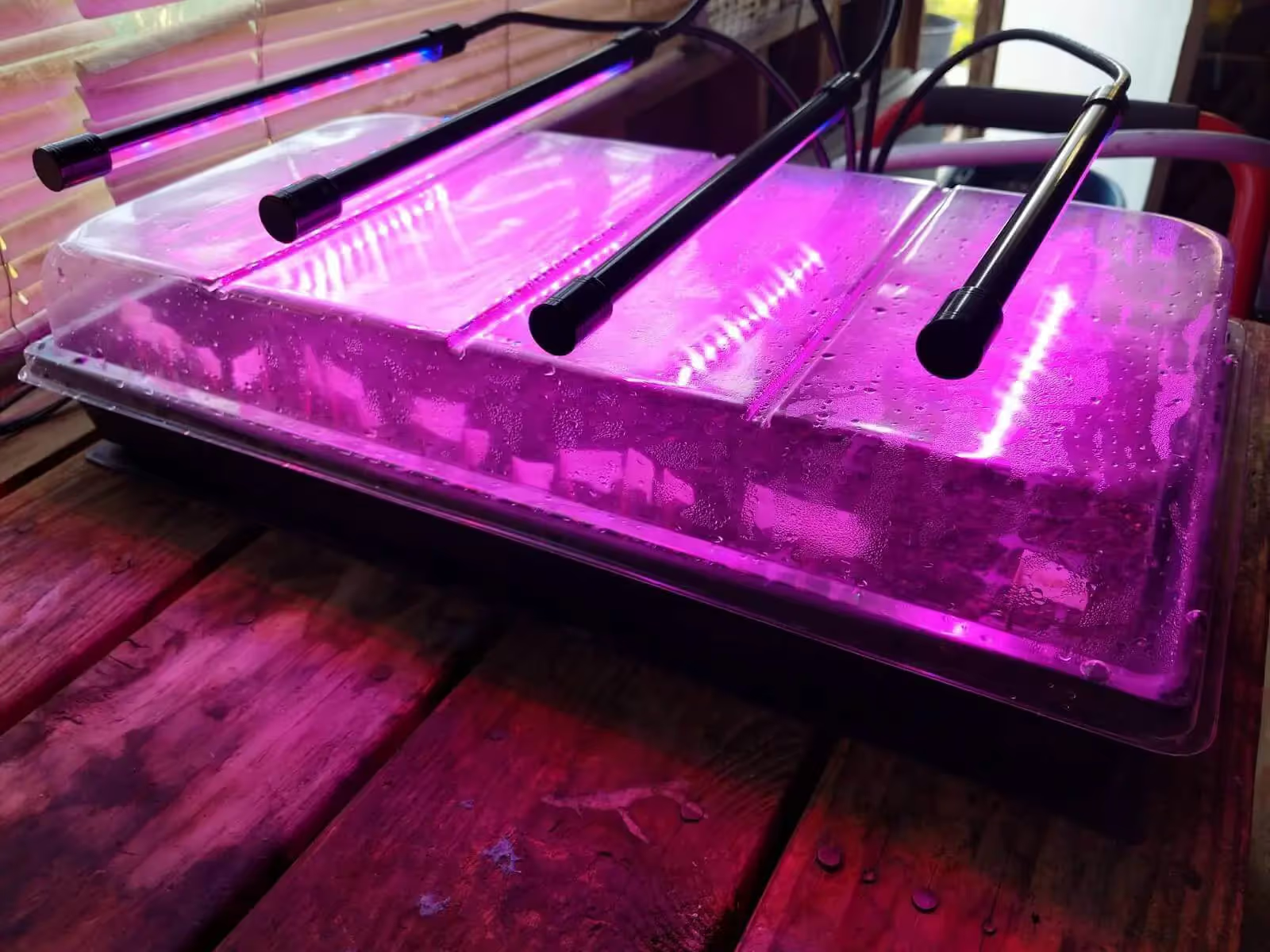
Seed germination and early seedling growth
Lower levels of DLI are often sufficient in these initial stages. Light signals the seeds to begin germination and supports seedlings' early growth.
A DLI of 12-18 mol/m²/d is usually sufficient. This level of light helps young plants to establish themselves without the stress of intense light, promoting healthy root and leaf development.
Vegetative growth
As plants enter the vegetative stage, they require higher DLI levels. Adequate light during this phase ensures robust leaf growth and strong stem development, laying the foundation for a healthy plant.
A DLI between 18-24 mol/m²/d is ideal for most vegetative plants, ensuring they have the energy required for robust growth.
Early flowering stage
In the early flowering stage, plants start to demand even more light. Increasing the DLI to 24-30 mol/m²/d can significantly support the development of buds. This range encourages plants to initiate and develop flower sites, which is vital for a good yield.
Late flowering stage
Plants require the most light during the late flowering stage. To maximize flower growth and density, a DLI of 30-40 mol/m²/d is recommended. High light levels during this stage help optimise the production of fruits and flowers, leading to better quality and quantity.
Overall plant health
Adjusting the DLI according to these stages can significantly improve your plants' health and productivity.
Consistently meeting a plant’s DLI needs contributes to its overall health and resilience. Proper DLI levels help in developing strong root systems, enhance the plant's ability to ward off diseases, and improve nutrient absorption efficiency.
Each plant type might have slightly different needs, so it's beneficial to observe and adjust as necessary.
Using a light meter to track your DLI and making adjustments as your plants grow will help ensure that they receive the optimal amount of light at each stage of their development.

Basic strategies for optimizing DLI
In controlled environments like grow rooms, grow tents, or indoor farms, managing the Daily Light Integral (DLI) is crucial for ensuring optimal plant growth. Here are some strategies to optimize DLI:
Use of reflective materials
Lining walls and surfaces with reflective materials can significantly increase light efficiency. This ensures more light reaches the plants from all angles, enhancing the overall DLI.
Light positioning and layout
Properly positioning lights and designing the layout of your grow space can ensure even light distribution. This prevents hotspots or areas with insufficient lighting, promoting uniform plant growth.
Lighting schedules
Adjusting light schedules to mimic natural day-night cycles helps in meeting DLI requirements. Using timers for lights can automate this process, providing consistency and reducing the manual workload.

Monitoring and adjusting light intensity
Regularly monitoring light intensity and adjusting it as plants grow and move through different growth stages is vital. Young plants may need less intense light, while flowering plants might require more.

The role of artificial lighting and adjustments for DLI needs
Artificial lighting plays a key role in controlled growing environments, especially where natural light is limited.
Choosing the right lights
Different types of grow lights (like LED, HPS, or fluorescent) have varied spectrums and intensities. Selecting the right type based on your plant's specific needs is essential.
Adjusting light intensity
Many modern grow lights come with adjustable intensity. This feature allows growers to increase or decrease light intensity based on the DLI requirements of different plant stages.
Supplementing natural light
In some indoor settings, natural light can be supplemented with artificial lights to achieve the desired DLI. This is particularly important in seasons with shorter daylight hours.
Utilising light meters and controllers
Advanced growers use light meters to measure the PPFD and calculate DLI. Controllers can then adjust lighting automatically to maintain the optimal DLI, taking much of the guesswork out of light management.
By implementing these strategies and understanding the role of artificial lighting, growers can effectively manage DLI in controlled environments. This not only maximizes plant growth and yield but also enhances the efficiency of the growing operation.
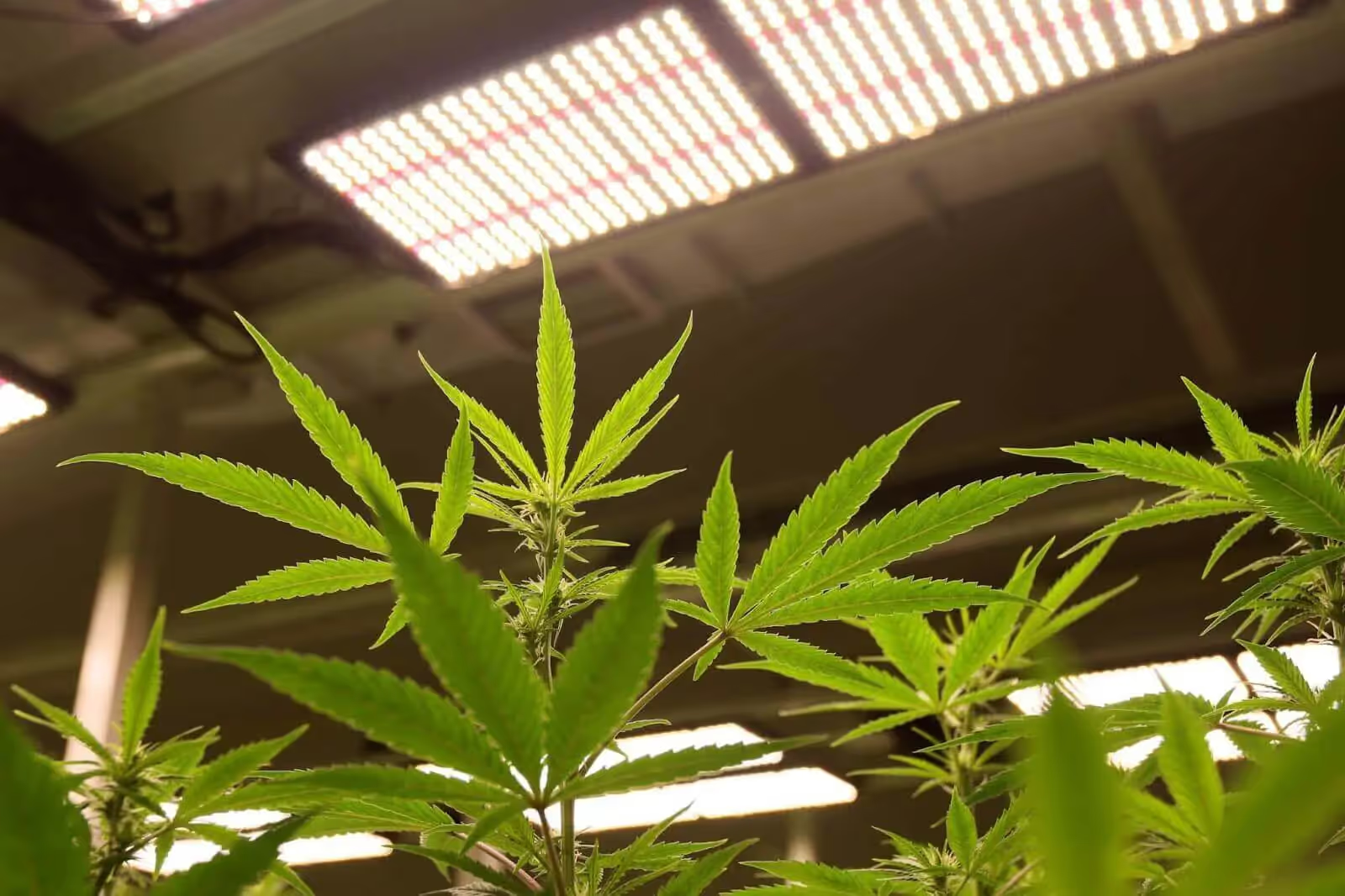
Takeaways
Daily Light Integral (DLI) is a fundamental aspect of plant growth and development.
Understanding DLI helps you to grasp how different light levels, intensities and durations impact various stages of your plant's life, from seed germination to flowering or fruiting. Managing DLI effectively can lead to healthier plants, higher yields, and more successful harvests.
By experimenting with DLI adjustments, you can fine-tune the lighting conditions to meet the specific needs of each plant type. This hands-on approach allows you to become intimately familiar with the intricacies of plant cultivation.
As you observe the responses of your plants to different DLI levels, you'll gain valuable insights into their growth patterns and behaviours. You'll start to notice how certain plants thrive under different light intensities. This knowledge will empower you to create tailored environments that optimiae the growth and productivity of each individual plant.
Whether growing’s your hobby or you’re pro grower, by applying this knowledge about DLI in your grow, you can create the optimal light conditions for your plants, leading to more robust growth and productivity.
Experimenting with DLI adjustments and observing the responses in your plants can be a rewarding and enlightening experience, deepening your connection to the fascinating world of growing.
Remember, every plant species is unique, and understanding its specific DLI needs can be the key to unlocking its full potential. So, take this knowledge, apply it, and watch your plants thrive!








.avif)
